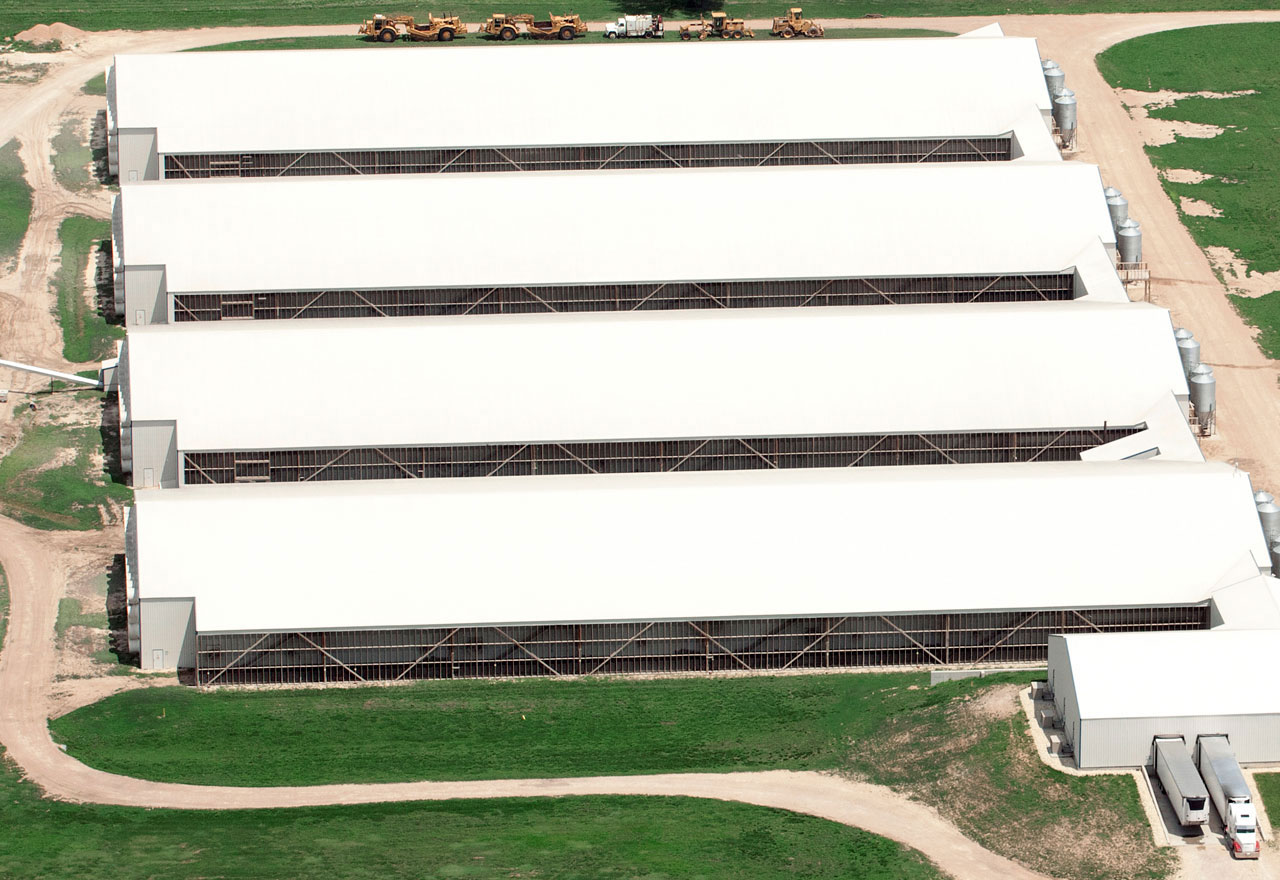Withdrawn animal welfare rule still under USDA analysis
An unusual action by the USDA has left us scratching our heads. In April of this year, the USDA’s Agricultural Marketing Service (AMS) requested public comments on the economic analysis of the Organic Livestock and Poultry Practices (OLPP) Rule—despite the fact that the USDA withdrew the OLPP in 2018 (apparently ignoring over 72,000 public commenters in favor of the rule).
According to Cornucopia’s director of domestic policy, Kestrel Burcham, JD, a request for comments on a withdrawn rule is unusual. “Is the USDA seeking to tighten its case? Or could this comment period pave the way for a potential new rule under a future administration?”
When it was first published in April 2016, the OLPP was touted by many stakeholders as an “animal welfare update” for organic livestock production. Despite what many assume, the Organic Foods Production Act (OFPA) of 1990* does not contain specific animal welfare provisions, but it does require that all animals have access to the outdoors, shade, shelter, exercise areas, fresh air, clean water for drinking, and direct sunlight (with some exceptions). Nevertheless, many industrial-scale organic operations have made use of perceived loopholes in the law.
These certified producers instead offer screened porches too small to accommodate an entire flock. The OLPP would have ended approval of these “poultry porches” as outdoor access and required livestock and poultry to have contact with soil. In addition, it would have set maximum indoor and outdoor stocking densities (the number of birds per square foot) to help ensure birds have sufficient space to engage in natural behaviors.
These proposed changes challenged the management practices and profits of a small number of industrial-organic producers who have been allowed to confine their poultry, claiming that outdoor access is dangerous for birds.
“The reality is that birds raised in stressful and crowded conditions are much more vulnerable to disease,” said Burcham, “It’s easy to see the difference in animal welfare when comparing industrialized producers with authentic pasture-based farmers who rotate their birds on well managed land.”
Despite overwhelming support for the OLPP by authentic organic producers and consumers, the resistance of a very small number of major producers —who have an outsized marketplace presence—led to its delay and eventual withdrawal by the Trump administration.
Read more on the history of the OLPP on page 18 of The Cornucopia Institute’s Organic Poultry Report, For the Birds.
Due to the vagaries of governmental rulemaking, few stakeholders were aware of the recent comment period. It was not widely publicized, opened for a mere 33 days, and participation required substantial expertise in economics and organic production.
The government’s economic analysis was deeply flawed, failing to take into account essential factors, such as deep consumer demand for high-integrity organic eggs and poultry. The analysis also completely ignored the voluntary nature of organic certification. Organic farmers have chosen to compete in a more regulated sector of the food system; it is senseless to consider the OLPP’s economic impacts on producers whose industrialized models are not compatible with the organic standards. Read Cornucopia’s submitted comments for the full critique.
Why Organic Integrity is Often Lacking in Large-Scale Production
It is important to understand that the USDA defines organic production as scale-neutral, meaning USDA certified organic production is possible no matter how big or small the operation. While it is arguably possible for organic production to occur at any scale, there are precious few examples of organic integrity in larger-scale production.
As organic has become an increasingly lucrative market, industrial-scale operators have applied their conventional wisdom to “organic” production. These producers raise massive herds of cows and enormous flocks of laying hens and meat birds as “organic” while abusing perceived loopholes in OFPA. Their economies of scale bring prices down for consumers but lack organic integrity. It simply costs more to provide legitimate outdoor access and attend to animal welfare than most conventional-cum-organic producers are willing to spend.
But what does it mean for the animals and the land?
An “organic” egg farm with eight fixed houses, each holding 10,000 birds, should require at least enough outdoor space for the entire flock (this is rare to unheard of in industrial production)—if the birds were actively encouraged to go outside (they aren’t). Even if the space was provided and used, the massive flocks would need to be periodically rotated onto fresh ground. Left in one area, they will strip it of vegetation and pollute it with manure, destroying soil health and encouraging the growth of flock-decimating parasites.
Poultry cannot subsist on pasture alone, and feed makes up an estimated 80% of their diets. Industrial organic operations seek out the cheapest “organic” feed and pay even less because they buy such large quantities. That feed is typically imported from countries whose organic enforcement is dubious.
Read more on organic import fraud in the Cornucopia report, Against the Grain.
And industrial-scale egg producers with flocks larger than 20,000 birds claim a retail stronghold. In 2010 they reported the production of 80% of the organic eggs (measured in volume) in the market. Anecdotal evidence suggests that market share has only increased.
These eggs frequently command less than $5 per dozen in the Midwest. The OLPP would have forced these producers to either bow out of organic production entirely or improve their production practices and, ultimately, raise prices. Given this likely outcome, the USDA declared that the industry would be harmed by enacting the OLPP.
The Cornucopia Institute and many other stakeholders were quick to point out that where the USDA saw industry harm, we saw a glimmer of organic integrity. If industrial “organic” producers tout the organic seal, they must employ organic production methods.
Factory egg producers and their representatives worked to kill the OLPP. For these industrial-organic producers, the slightest restriction would have impacted their bottom line or even made it impossible to exist in the organic marketplace. Practices of authentic organic farmers already far exceed the improved standards proposed by the OLPP. In fact, in 2017, Cornucopia leadership opposed the OLPP because it did not go far enough to protect animal welfare.
What can you do?
The Center for Environmental Health, the Center for Food Safety, Cultivate Oregon, and the International Center for Technology Assessment have challenged the USDA’s withdrawal of OLPP in the federal court for the Northern District of California. The Organic Trade Association also filed suit. Stay informed with Cornucopia’s analyses as we continue to watch these cases unfold.
Consumers can use Cornucopia’s scorecards to invest in the most ethical organic brands. Let us know if you find a certified organic brand we have not rated. If industrial organic brands are your only options, local, ethical producers deserve consideration. Cornucopia’s DIY Guides can help you ask questions to find the best food for your table.
* The Organic Foods Production Act (OFPA) of 1990 defined “organic” and created the National Organic Program.


